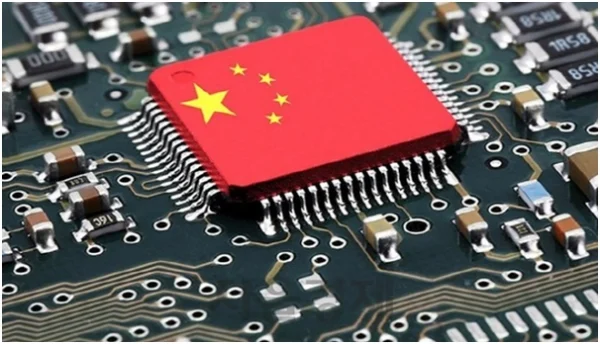
How China is converting its chip industry
Construction plans for a massive state-backed company’s semiconductor facility in central China went wrong last October. The economic conflict over technology had intensified under the Biden administration, cutting off China’s access to the Western resources and skilled labour it required to produce the most cutting-edge semiconductors.
Some employees who are citizens of the United States left the company. Three American equipment vendors stopped their shipments and services almost immediately, and it’s anticipated that Europe and Japan will follow suit soon.
The building belonged to Yangtze Memory Technologies Corporation, or YMTC, a memory chip manufacturer that China’s President Xi Jinping has praised as a leader in the country’s push for independence. The chip manufacturer and its competitors are currently hastily updating their supply chains and business plans.
The U.S. trade restrictions have spurred China’s efforts to create a more autonomous semiconductor sector nearly seven months later. State funding is pouring in to foster domestic alternatives to make less sophisticated but profitable semiconductors as Western technology and money have withdrawn.
Furthermore, Chinese manufacturers are still trying to produce high-end circuits using both less sophisticated domestic technology and older, non-U.S.-sanctioned parts from outside.
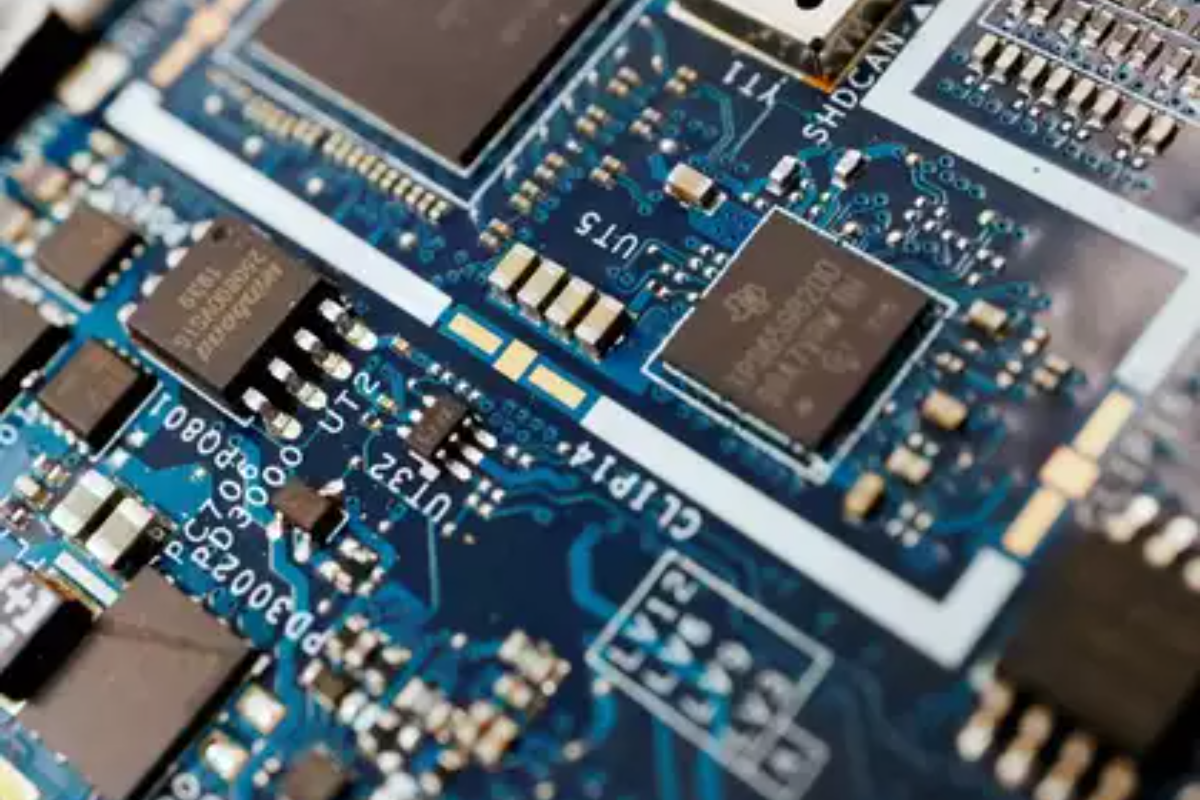
Concern about what Washington authorities perceived as the threat presented by China’s use of its technology companies to modernise its military capabilities led to the strong U.S. sanctions.
The national security adviser, Jake Sullivan, recently described the viewpoint as a “new consensus” in Washington that years of economic integration with China were not entirely successful, adding that the new controls were “carefully tailored” to target China’s most advanced semiconductors.
Beijing raised significant funds during those previous trade disputes to develop domestic chip makers as an alternative to Western manufacturers. However, because imported components were more affordable and of superior quality, many Chinese businesses were reluctant to move.
These concerns about utilising Chinese resources seem to be fading. Chinese computer firms are considering ways to substitute Western chips and related components, including those untouched by U.S. sanctions, all the way up and down the supply chain.
State-owned electric vehicle producer Guangzhou Automobile Group declared in February that it intended to eventually source all 1,000 of the chips in its vehicles from Chinese suppliers. Presently, 90 percent of its chip purchases come from outside.
The goal right now in China is to de-Americanize supply chains, according to Paul Triolo, senior vice president for China at the strategy company Albright Stonebridge Group.
Numerous Chinese semiconductor businesses are finalising preparations for this year’s IPOs, which will raise money. They include Huawei-backed chip tool manufacturers as well as Hua Hong Semiconductor, China’s second-largest chip producer.
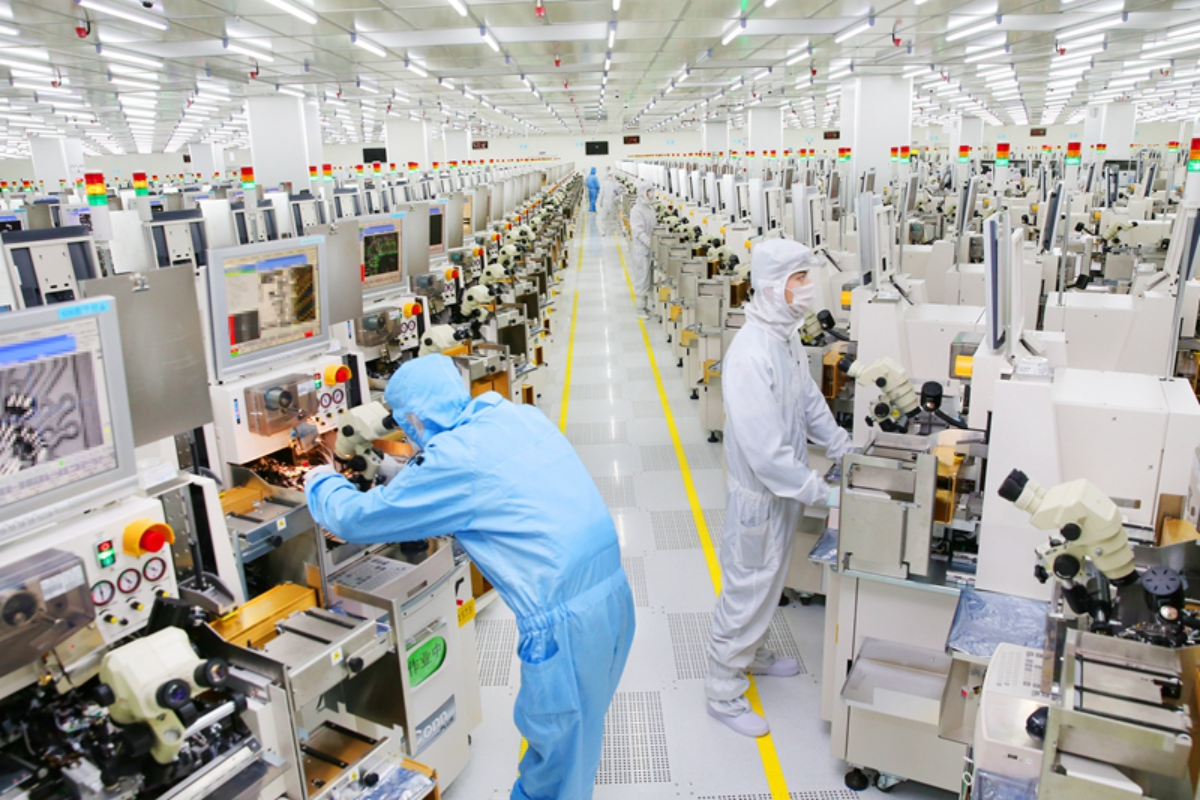
The world’s two greatest economies continue to engage in technology issues. The Biden administration has created new regulations that would limit American venture capital investments in Chinese advanced chip companies, but they have not yet been made public.
According to data, which traces private funding, foreign investment into China’s semiconductor division this year has already dropped to $600 million, its lowest level since 2020. Additionally, authorities are considering tougher regulations for equipment used in chip production or quantum computing.
With the new subsidies, Western components will no longer be part of China’s supply chains. This year, Guangzhou, a city in the south, has set aside more than $21 billion for semiconductor and other tech initiatives, including some that aim to displace Western chip equipment suppliers.
According to business publications and press releases, purchase orders for machinery built in China have increased recently.
Mr Xi has been vocal about what he perceives as Western nations’ attempts to impose “all-around containment” of China. In March, the Chinese president cut off a representative from a Chinese crane manufacturer during a crucial legislative meeting. The question, “The chips inside your cranes, are they regionally sourced?” was widely published by state media. Mr. Xi enquired. Yes, said the delegate.
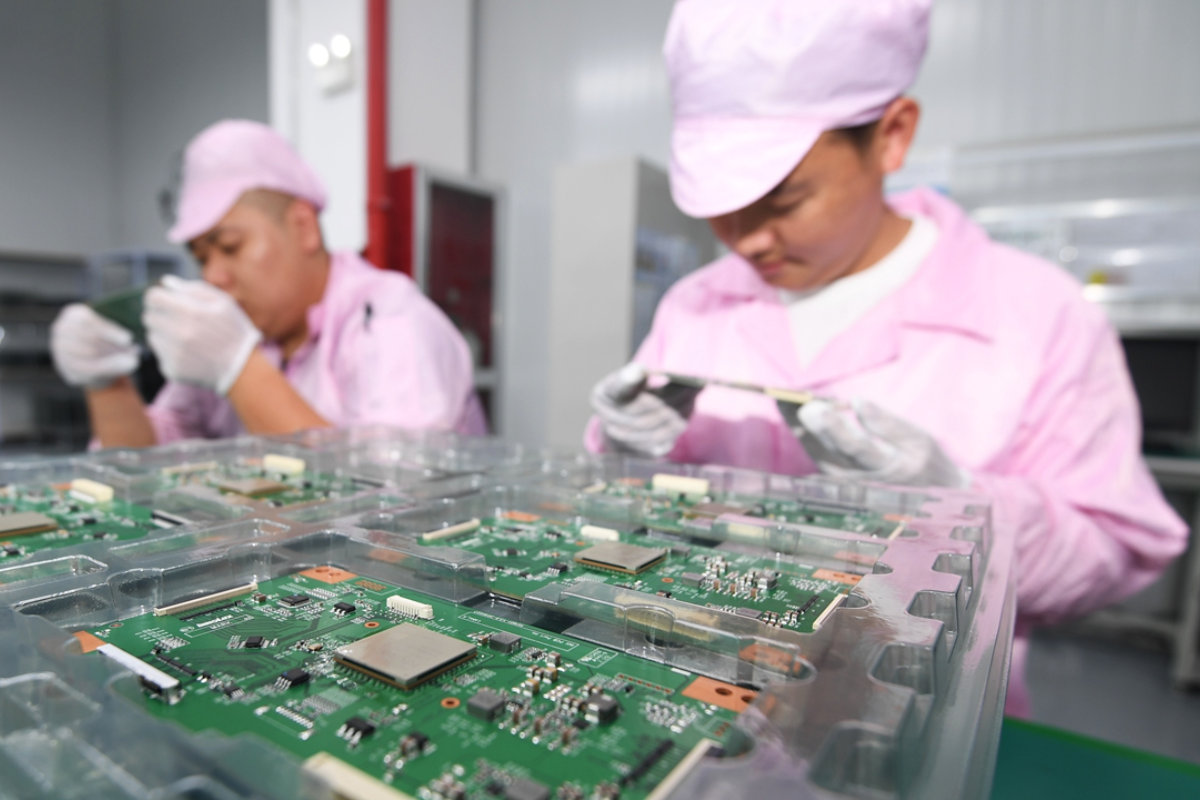
According to estimates from market research company Yole Group, less than 1% of all chips produced in China up to this point are at the high end of the market and are therefore subject to American controls.
According to Jean-Christophe Eloy, the CEO of Yole Group, the rest are less sophisticated, or “mature,” semiconductors that are used in ordinary consumer devices and automobiles and make up “the wide majority of the business.” According to him, investments in those chips have increased notably since the Biden administration’s October curbs were executed.
According to official pronouncements, the two biggest chip producers in China, Semiconductor Manufacturing International Corporation, or SMIC, and Hua Hong Semiconductor, have both committed billions of dollars this year to increasing their manufacturing of mature chips.
However, in the long run, Handel Jones, the CEO of the consulting firm International Business Strategies, believes that China’s lack of access to top-notch instruments required to create semiconductors could impede its advancement in many innovative areas, including artificial intelligence and aerospace.
According to projections from Yole Group, YMTC set a goal last August to triple its market share of worldwide chip production to 13% by 2027, challenging chip market leaders like Micron Technology, based in the United States.
The Chinese memory chip manufacturer’s production is expected to drop, falling to barely 3 percent of the market in 2027, as it struggles to complete the construction of its second factory.
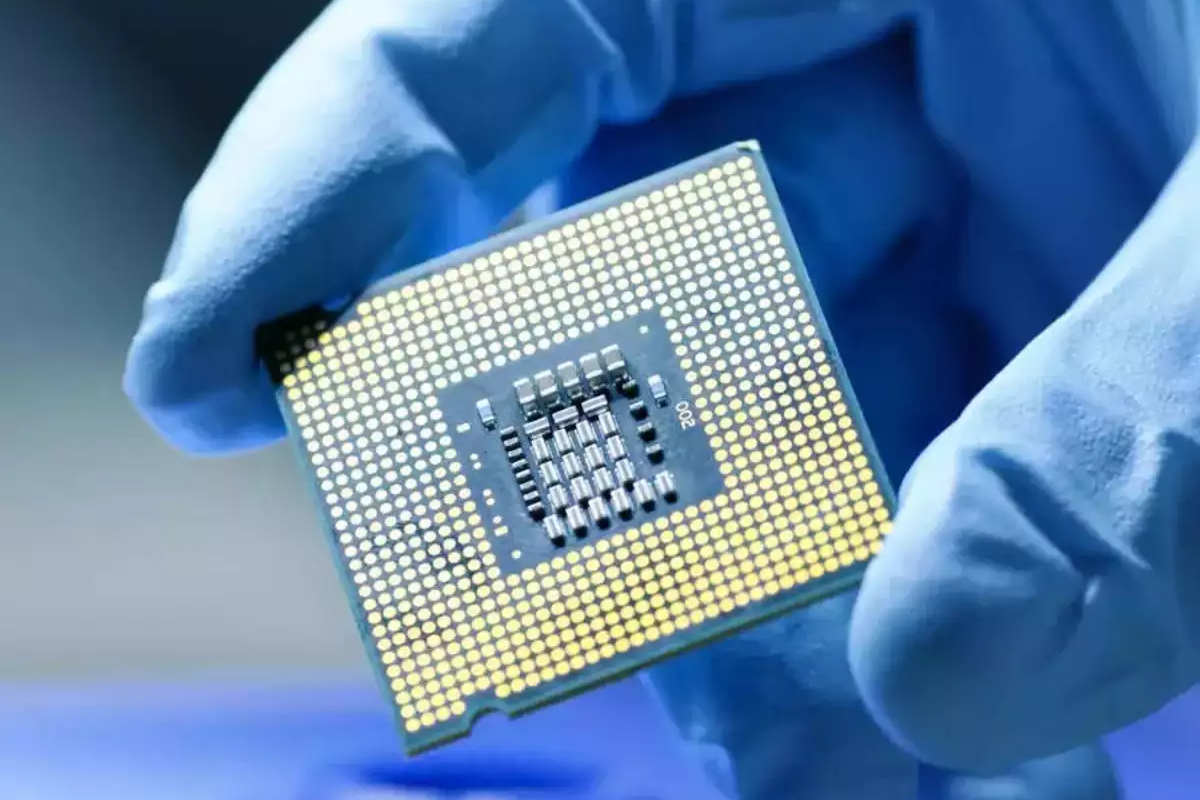
Foreign businesses that had previously made investments in China’s semiconductor industry are moving their funds to other markets. The top chip producers in Korea and Taiwan, Samsung and Taiwan Semiconductor Manufacturing Company, or TSMC, are pouring billions of dollars into brand-new items in the US market.
The Taiwanese chipmaker is requesting U.S. subsidies for its Arizona production, which would force it to put a 10-year limit on its investment in China.
Experts noted that while foreign influence over China’s semiconductor industry is waning, chances are being presented to native firms. A maker of semiconductor equipment went public in Shanghai last month. Since its launch, shares of Crystal Growth & Energy Equipment have increased by 30%.
According to Xiang Ligang, director of a Beijing-based technology consortium that has provided technical advice to the Chinese government, “There is no space in the market because of the sanctions.” “We now have a chance to grow.”
The new influx of state funds may boost China’s manufacturing of lower-end semiconductors globally. According to a paper published jointly by the consulting firm Rhodium Group and the Berlin-based think tank Stiftung Neue Verantwortung, China may produce about half of the world’s supply of a class of mature semiconductors in the coming ten years.
proofread & Published By Naveenika Chauhan






